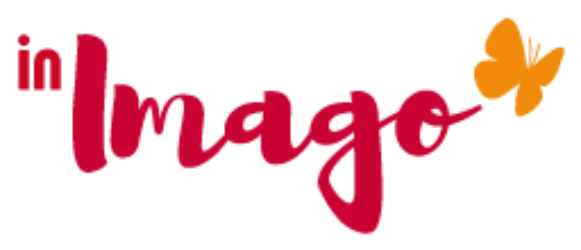Discover the pivotal role of Agility in today’s businesses, exploring its multifaceted nature through the missions, challenges, and successes of a passionate expert: Myself
What is your role in the field of Agility and how would you describe it?
My role encompasses three main aspects: training collaborators in Agility, coaching teams to adopt agile practices in their professional daily routine, and ultimately, disseminating an Agile culture within the organization.
I strive to promote an adaptive and collaborative approach to achieve these goals.
Please follow me in the presentation of Agility in businesses.
Agility in businesses: what is and its fundamental principles?
The Agile methodology is not confined to a single method but rather constitutes a set of practices rooted in an Agile manifesto published in 2001. This manifesto is based on four fundamental values and twelve action principles. Agility revolves around an approach focused on effective communication, regular interaction with clients, and a continuous adaptive capacity based on user feedback.
Explore how I apply the 4 values and 12 principles in my guidance, depicted here.
What types of missions do you generally encounter in your work and how are they defined based on the maturity level of products?
My missions vary depending on the maturity level of the products that teams are working on. They fall into three categories: ideation, where I guide teams to conceive and test new ideas in a short period; realization, where I assist teams in turning their ideas into tangible products while helping them self-manage; and finally, assistance to address scaling challenges when multiple teams or sites are involved.
How do you become involved in a specific project and how do teams approach you?
My involvement in a specific project typically occurs through word-of-mouth. Teams often reach out to me after hearing about the missions I’ve previously undertaken or as a recognized member of Agile expertise centers where I operate.
Could you share a concrete example of a recent project you’ve worked on and the outcomes achieved?
Recently, I coached a team managing the complaints process from input to closure. It’s a tool that complies with the regulatory constraints that a bank must adhere to. Two objectives were to be achieved: reinvigorate a team to accommodate two new user groups in the tool adhere to regulatory deadlines, and rebuild connections between different stakeholders within the team.
Both challenges were addressed and achieved in less than 3 months.
Is it possible to apply these methods to an entire company, and what potential difficulties might arise?
Yes, these methods can be applied to any company, but it requires sense and audacity to experiment with new paradigms. The primary difficulty often lies in resistance to change, where entrenched habits might hinder the willingness to take risks. However, the biggest risk today is to remain stagnant in the face of developments.
What is your role in the field of Agility and how would you describe it?
My role encompasses three main aspects: training collaborators in Agility, coaching teams to adopt agile practices in their professional daily routine, and ultimately, disseminating an Agile culture within the organization. I strive to promote an adaptive and collaborative approach to achieve these goals.
Could you explain what Agile methodology is and its fundamental principles?
The Agile methodology is not confined to a single method but rather constitutes a set of practices rooted in an Agile manifesto published in 2001. This manifesto is based on four fundamental values and twelve action principles. Agility revolves around an approach focused on effective communication, regular interaction with clients, and a continuous adaptive capacity based on user feedback.
How does Agility in business transcend organizational boundaries to gradually reshape a company’s culture?
The coach’s role, far beyond frameworks, is to guide stakeholders beyond their operational obligations, inviting them to engage in collective dialogue focused on shared objectives.
Agility in the professional landscape extends far beyond processes and methodologies. It signifies a genuine cultural shift, demanding a profound reassessment of norms and entrenched habits within the enterprise. The Agile coach acts as a catalyst for this transformation, fostering a gradual transition toward a more open and collaborative mindset.
The coach’s task isn’t to impose Agile practices but rather to cultivate an environment conducive to learning and reflection. They guide enterprise actors to surpass traditional patterns, thereby fostering a dialogue where every voice is heard, and shared objectives drive collaboration.
This process isn’t instantaneous; it requires a continual challenge of ingrained beliefs and established ways of functioning over time. The Agile coach plays a pivotal role in assisting individuals and teams in stepping out of their comfort zones, questioning existing structures, and evolving towards a more flexible and adaptive approach.
What personal qualities do you consider essential to succeed in this profession?
To succeed in this profession, I believe three qualities are crucial: attentive listening to understand the needs of teams and clients, questioning to encourage reflection and self-assessment, and effective communication to convey ideas and support changes. I appreciate the diversity of missions and the tangible results achieved both with clients and teams.

